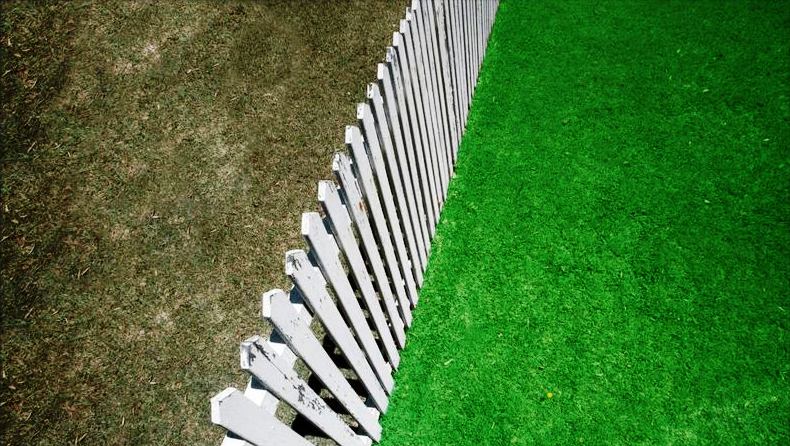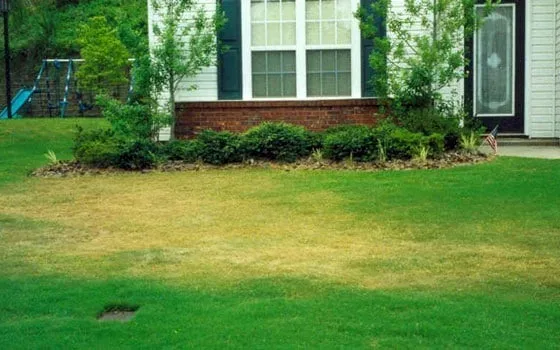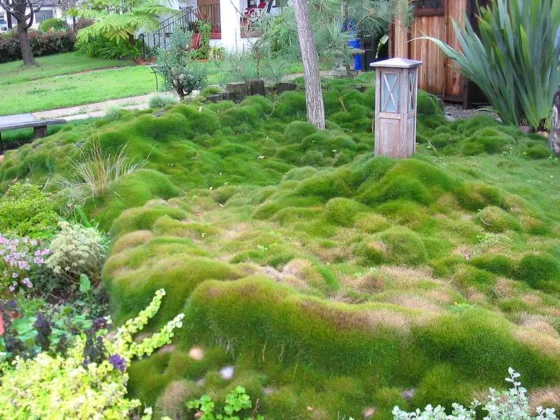Learn how to make your grass greener. Included are tips on how to grow and maintain a healthy green grass that stands out and is the envy of the neighborhood. Read on for tips you can use.
Green grass enhances curb value and enhances the appearance of the surrounding landscape. Sometimes lawn grass is brown and unhealthy, and comprised of uneven spots, bald patches and irregular growth. There are few measures you can take to promote the health of your lawn and make it green.
How to Make Your Grass Greener

Determine pH Level of Soil
The first step toward knowing how to make your grass greener is to determine the pH level of the soil and amend it appropriately. Healthy lawn grass requires a pH between 6.5 and 6.8. Take a soil test yourself, or send a sample to your local nursery.
Add lime to raise the pH of the soil, or sulfur to lower it, so it falls within the healthy range. Watch label directions for amounts to use and water the soil lightly so the amendments go deep.
Watering
Water the grass deeply but infrequently in order for it to turn green and healthy. Use a garden hose or an automatic sprinkler system for 40 minutes to an hour once a week. Do not water the grass everyday as it makes it susceptible to weeds. Always water early in the morning so the grass is dry by evening.
This eliminates the chances of fungal diseases that spread in moist conditions. If possible, use an automatic sprinkler system that provides the required amount of water evenly to the lawn grass. Never allow water to pool or puddle over a particular area of the grass, because over watering is as harmful as under watering and turns grass brown.
Fertilizing
Feed the lawn grass a nitrogen-rich fertilizer so it turns green and is healthy. Follow label directions to fertilize the grass once in the beginning of spring, then again toward the end of spring. Follow with a final application toward the end of summer, just before the onset of fall.
Never feed the grass more than the recommended amount, as over fertilizing causes grass to turn brown instead of green. Also, do not fertilize in mid-summer when the sun is at its strongest and the nitrogen can cause the grass to burn.
Read Also:
Mowing
Use a manual or powered lawn mower to trim grass down to 2 or 3 inches. Longer grass is susceptible to damage and can turn brown. Mow frequently, at least once a week when the grass is actively growing.
This also prevents weeds from growing between the grass that compete for moisture and nutrients. Allow grass clipping to fall naturally instead of collecting them. Grass clippings act as a mulch that keep roots cool in the summer.
Remove Objects
Remove heavy objects such as children’s play equipment from the grass. The weight of these objects compacts the grass underneath and suffocates it due to lack of contact with air, sunlight and moisture. Move all equipment to another side of your yard or over concrete.
Finally, another key to knowing how to make your grass greener is preventing dogs from urinating over the grass – the heavy nitrogen content in it turns grass brown. To counter the effects, douse the section over which your canine urinates with water immediately to prevent it from turning brown.









